On 15 September Daily Mail UK reported on 46-year-old Donna Corden, a mother of three from Leeds, England, who lost half her face after an small accident earlier this year.
Sounds dramatic, right? The small cut she sustained from hitting her head on the oven earlier this year seemed nothing to write home about, but when her face started to turn black and she experienced dizziness after 24 hours, she knew something was seriously wrong.
Doctors diagnosed her with nectrotising fasciitis, a flesh-eating superbug that is rare and extremely difficult to treat.
Health24 decided to dig a bit deeper and establish what exactly this superbug is all about.
Mostly harmless
Necrotising fasciitis is caused by a bacterium called Group A streptoccocus (Strep A), which exists in the nose and throat or on the skin of many people without causing harm. Unfortunately, in extremely rare cases, this simple bacterium can produce a superbug.
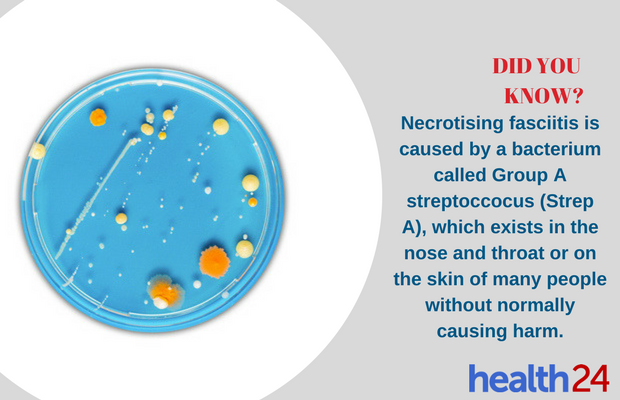
Necrotising fasciitis can turn flesh into liquid within a matter of hours. It can affect anyone at any time via the smallest injury such as a paper cut. It’s also a notoriously difficult bacterium to detect, as many of its early symptoms resemble other common conditions. An unusual pain in the infected limb and flu-like symptoms could point to a possible infection.
In fact, you can become infected through a bruise, blister, cut or scrape. Some people have even been infected during surgery. The image below shows the bacteria gorging itself on the subcutaneous level of your skin, enlarged by a microscope.
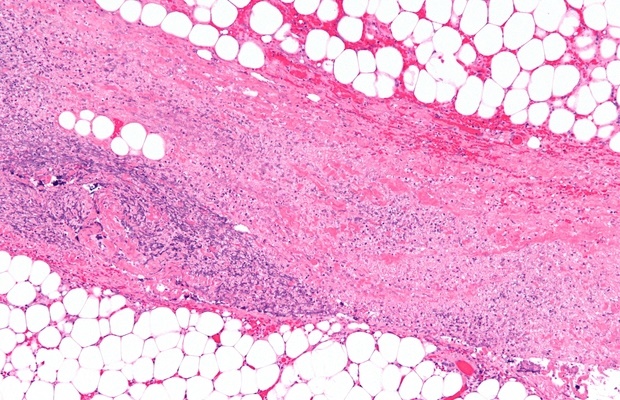
Then the bug starts destroying flesh and membranes, which end up rotting off your body. It has been known to devour entire limbs and massive sections of skin.
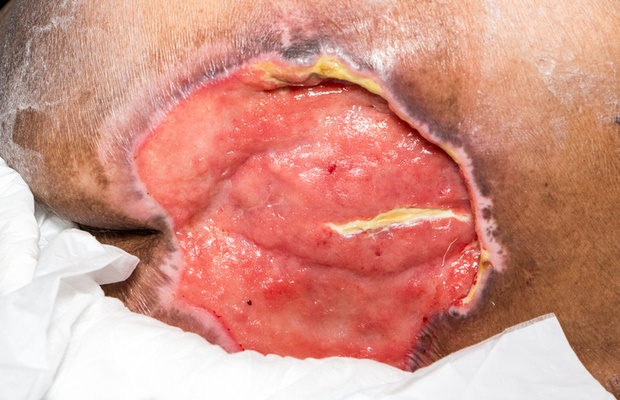
The infected skin blackens, begins to dry and crack and becomes covered by a breakout of large, puss-filled blisters. Toxins released by this killer bug send the body into shock, dramatically dropping blood pressure and eventually shutting the body down entirely.
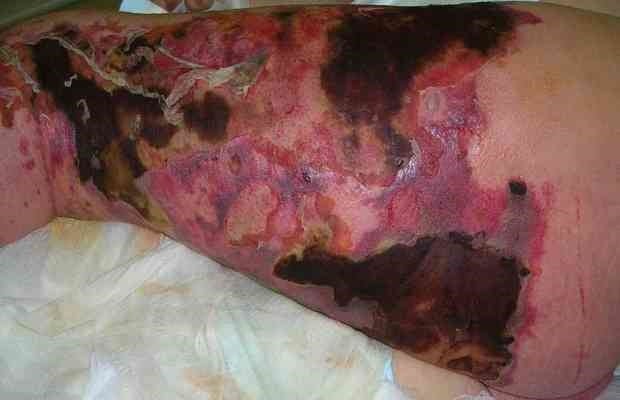
Treatment is difficult. It involves surgically slicing out the infected flesh. Strong antibiotics are currently the only medication that fights the disease – but unfortunately they usually aren’t strong enough. This rare infection kills roughly 20% of infected people.
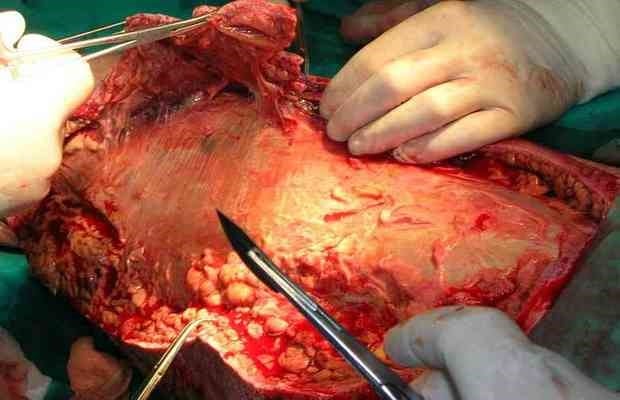
Skin grafts are required to close the huge, gaping wounds left by necrotising fasciitis.
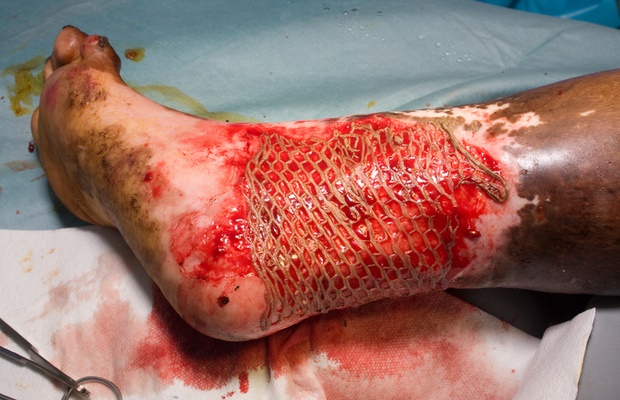
Prevention
While this superbug is extremely rare, it's nevertheless important to prevent bacteria from getting into a wound. Wash your hands before handling any wound, or wear sterile disposable gloves. For smaller cuts, hold the wound under cool, running water to remove dirt or bits of grass.
Consider putting a bandage on the cut or graze, especially on the hands, legs and feet. Stitches might be required if the edges of the wound are far apart; if the wound is more than half a centimetre deep; if it's gaping and longer than 2cm; or if there are jagged edges. Get medical attention immediately if you develop a fever, chills, aches, or any signs of infection.
Image credits: iStock and Wikimedia Commons




 Publications
Publications
 Partners
Partners















